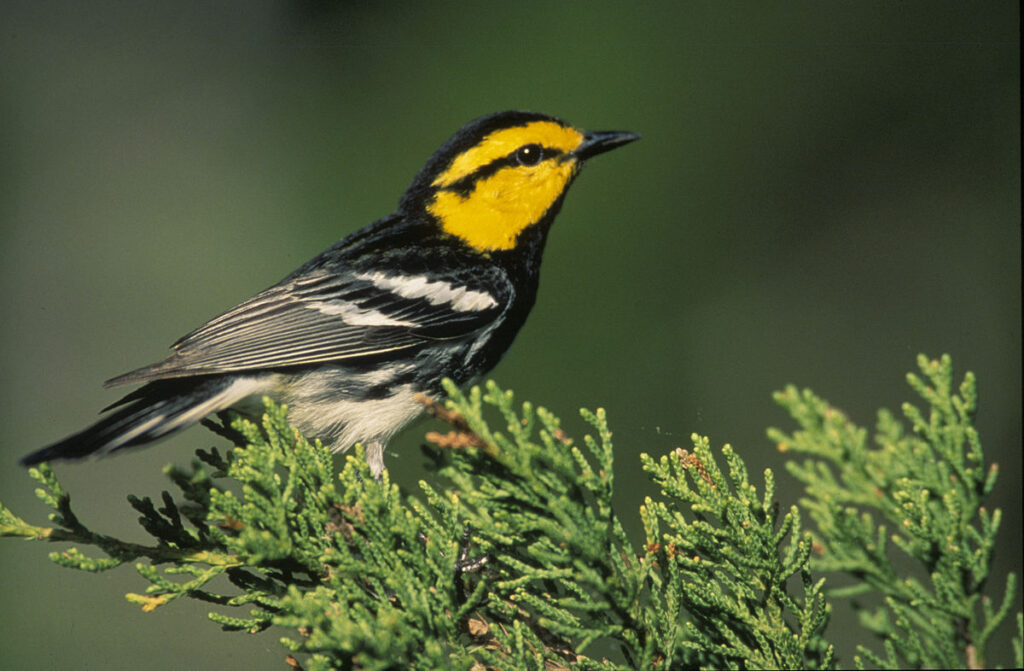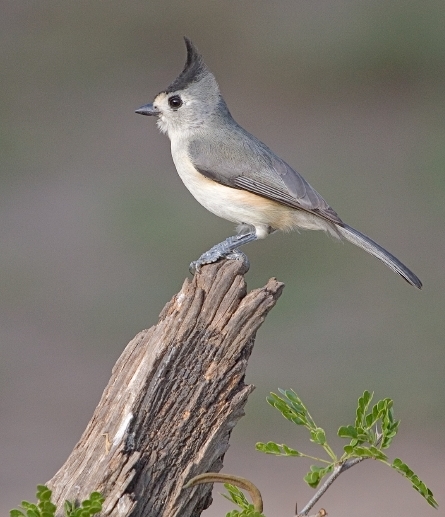If you Google “life list”, you come up with various definitions such as goals for your life, bucket list wishes, or any other list of things you want to possess or achieve. Some people want to visit every major league ballpark or every state capitol building or own all the versions of Beanie Babies. But to me a life list is a list of all the bird species positively identified while birding in some field or forest or on a seashore. Some birders keep a variety of life lists – birds seen in each state or each county, city, or national park, even birds seen in zoos or on television. Let’s just go with the accepted definition – all bird species identified live in the field. Some birders like to track their life list with ebird, which also allows you to share your sightings and learn where others are finding birds.
All the top-ranked life listers, according to the Guinness Book of World Records, have seen over 9700 species of birds out of almost 11,000. Sighting is on the honor system, but don’t all bird watchers trust each other?

I haven’t counted my life list birds lately but I think I’m approaching 4000 species. I don’t get life birds too often, but I am here to tell you that I just added two to my list on a recent trip to visit the Bexar Audubon Society in the Hill Country of Texas. Led by experienced birders, I was able to see a couple of Golden-cheeked Warblers, members of the only bird species whose population nests entirely in the state of Texas; it has been on the Endangered Species List since 1990.
A few minutes later I got a good look at the Black-crested Titmouse which is much more abundant but is only found in central Texas and a bit of Oklahoma. Both species’ ranges extend into Mexico.It is always fascinating to me to see a bird species I have never seen before, but it’s even more exciting to know that the limited geographic location you are standing in is the only place in the world you can see them.

I hosted a party some years ago for birders and naturalists in my social circle and about midnight (a time which I haven’t seen lately…) someone said a Brown Shrike was spotted just north of San Francisco in the town of Inverness, a 150-mile drive south of my house. Almost immediately, half of the partygoers hopped in their cars and headed out so they could spot the bird as soon as the sun rose. Yes, I would have like to have added a Brown Shrike to my list, but not enough to abandon my remaining guests and participate in a death-defying three-hour freeway drive with some birders, who, having imbibed some alcoholic libations, were hurrying to put another checkmark on their life list. Fortunately, all went well.
P.S. Many thanks to the Bexar Audubon Society and especially Patsy and Tom Inglet, naturalists extraordinaire, for being such gracious hosts on my visit to Texas.